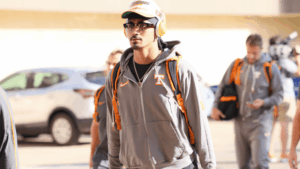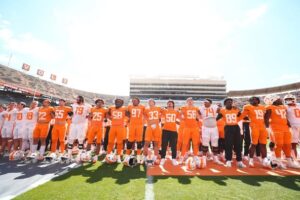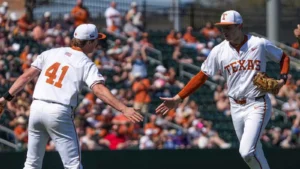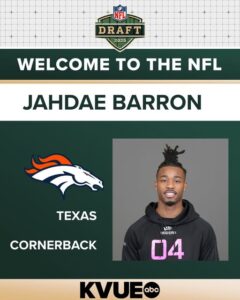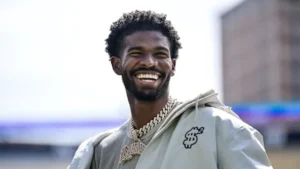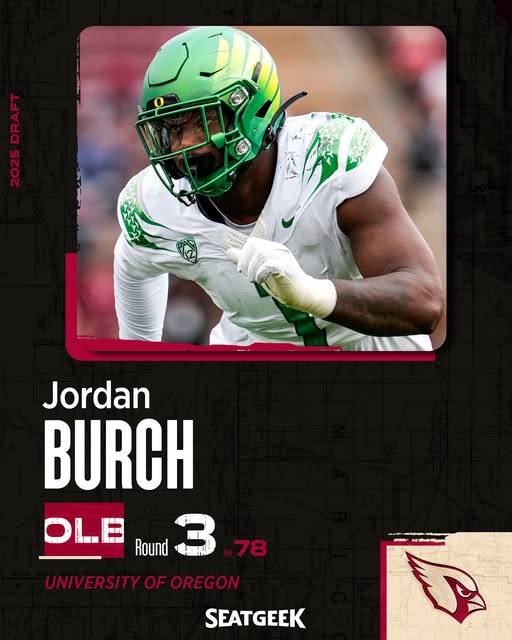
There’s a moment in every road trip when the landscape begins to shift so gradually, you barely notice it—until suddenly, everything feels different. That’s what happened when I left the Pacific Northwest and started heading south. It wasn’t just the trees or the temperature; it was something in the air, a hum beneath the surface, telling me I’d passed some invisible threshold. The mossy stillness of the PNW was behind me. Ahead was a stretch of highway that curved down the West Coast like a lifeline unraveling from an old sweater.
I left in early October. Portland was still clinging to the last threads of summer, with golden leaves fluttering across damp sidewalks and cafés brimming with bundled-up locals pretending the drizzle wasn’t bothering them. I had a duffel bag of clothes, a cooler packed with road snacks, and a vague plan to “go south”—no deadlines, no reservations, just an open road and a full tank of gas.
Driving through Oregon, the trees still towered with familiar authority. Giant Douglas firs and Sitka spruces flanked the highway like old guardians. The air smelled of wet earth and cedar, and the mist clung to the hills in thick, woolly layers. I took the 101, hugging the coastline, stopping in small towns like Yachats and Gold Beach. Each felt like a time capsule—sleepy fishing ports with salt-crusted docks and diners where the coffee was strong and the pancakes were always too big for the plate.
I slept in the back of my Subaru some nights, lulled to sleep by the crash of waves just beyond the dunes. Other nights I found cheap motels where I could shower and sit on the bed, staring at water-stained ceilings while my thoughts caught up with me. Traveling alone is like that. It amplifies everything. You notice the small things—the squeak of your car door, the way your jacket smells after a night by the sea, the peculiar loneliness that comes from moving through places where no one knows your name.
Crossing into Northern California, the forests seemed to deepen. The redwoods—my god, the redwoods—were unlike anything I’d ever seen. Driving through Humboldt, I rolled down the windows and let the cool, resin-sweet air fill my lungs. These weren’t trees. They were cathedrals. Walking among them, you felt impossibly small and somehow sacred, like a secret guest in an ancient realm. I camped in Prairie Creek Redwoods State Park and woke up to elk grazing outside my tent. It felt like a dream, the kind you don’t want to wake from.
I took my time through California. That was the whole point—no rush, just movement. In Mendocino, the cliffs dropped off sharply into the sea, and the wind whipped so hard I had to grip the edge of my coat to keep it wrapped around me. I wandered through an artists’ co-op and bought a tiny ceramic mug with a crooked handle. I liked that it wasn’t perfect. Neither was I.
As I moved farther south, the air grew warmer, drier. Somewhere past Point Reyes, the fog began to lift for good, and the sky stretched wide and blue in a way it never does in the PNW. I hit San Francisco on a weekday, weaving through traffic with a mix of awe and anxiety. Cities always overwhelm me, but I stayed long enough to walk the Mission, climb the Filbert Steps, and eat a burrito so big it fed me for two days.
But it wasn’t the cities that called to me. It was the slow, golden sprawl of Central California—the rolling hills of Paso Robles, the sunburnt vineyards of Santa Ynez, the cracked-earth charm of Solvang with its odd Danish façades. I drove with the windows down, hair whipping, music loud, stopping whenever something caught my eye: a fruit stand, a rusty antique store, a roadside sign promising the world’s best tri-tip.
By the time I reached the coast again—Santa Barbara, Malibu, Zuma Beach—the Pacific looked like a different ocean. Bluer, softer somehow. The cliffs were gone, replaced by wide sandy stretches and lifeguard towers like something out of a postcard. The light changed, too. Everything glowed. Palms swayed lazily over stucco homes and surfboards leaned casually against dune fences. It was easy to fall in love with that kind of California—the California of old songs and golden dreams.
I camped one night at Leo Carrillo, the stars overhead so clear and sharp they looked like they’d been punched into the sky with a needle. I built a fire, watched its flicker reflect off the curves of my car, and felt something shift inside me. It was like I’d been carrying a tight knot of tension without realizing it, and it had finally begun to unwind. I breathed deeper. I smiled more easily. The road, it seemed, was doing its quiet work.
L.A. was everything and nothing like I expected. I didn’t stay long—just enough to walk Venice Beach at sunrise, visit a friend in Echo Park, and get lost in Griffith Park for an afternoon. The traffic made me crazy, but the light—my god, the light—was cinematic. I could see how people lost themselves there, chasing dreams or running from them.
South of L.A., the road straightened out again. Orange County slipped by in a blur of palm trees and chain stores. I found small joys in unexpected places: a Vietnamese sandwich shop in Westminster, a bookstore in Laguna with a friendly cat, a nearly empty beach near Dana Point where I watched pelicans dive like missiles into the waves.
By the time I hit San Diego, I had that strange sensation of arriving without knowing where you’ve been heading. I pulled into Ocean Beach just as the sun began to sink into the sea, casting long amber shadows across the sand. The surfers were silhouetted like paper cutouts against the firelit horizon, and the salty breeze carried the scent of tacos and sage.
I stayed a few nights. Let myself rest. Let myself feel the weight of the distance traveled—not just the miles, but the months before, the reasons I left, the hopes I’d barely dared to name when I pulled out of my driveway in Portland.
Because this trip wasn’t just about geography. It was about getting unstuck. About remembering who I was when no one was looking. About letting go of old stories and writing new ones with every mile. The road didn’t give me all the answers. But it did remind me how to ask the right questions.
And maybe that’s enough.
I don’t know if I’ll head back north. Maybe I’ll keep going, cross the desert into Arizona or down the Baja peninsula where the whales winter. Or maybe I’ll find a quiet place here in Southern California, rent a little place near the ocean, and let the next chapter unfold slowly.
What I do know is this: there’s magic in motion. In leaving without all the answers. In trusting that the road ahead will reveal what you need, even if it’s not what you expected.
And sometimes, heading south isn’t just a direction.
It’s a beginning.
